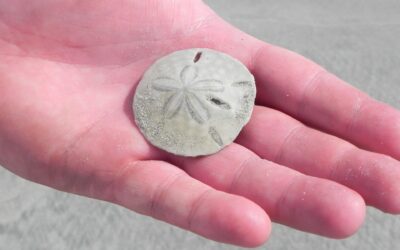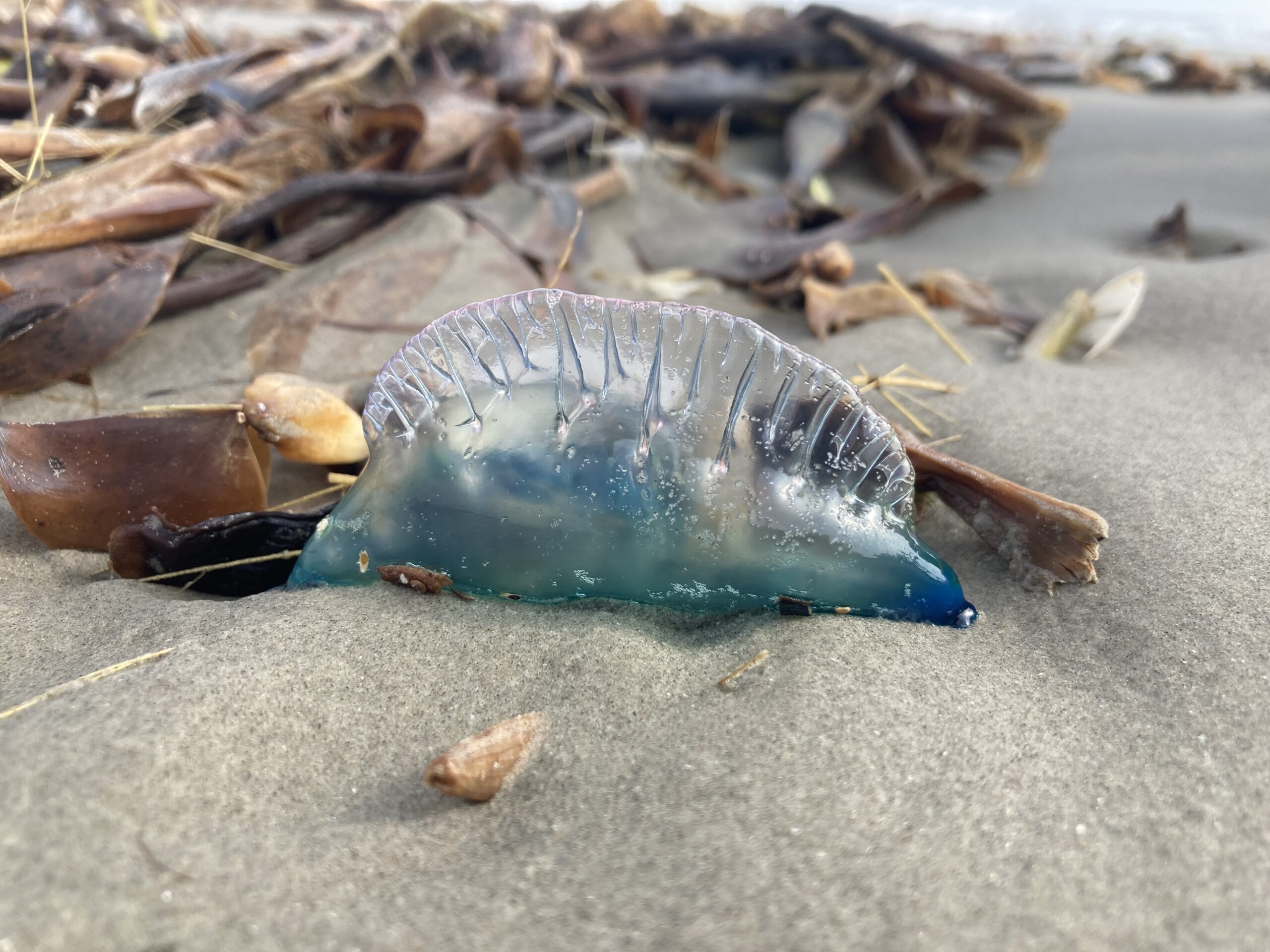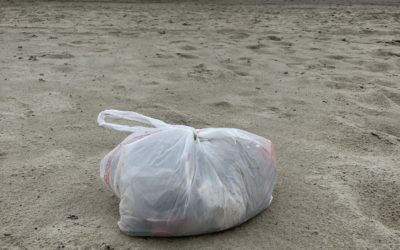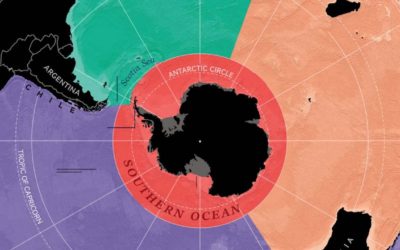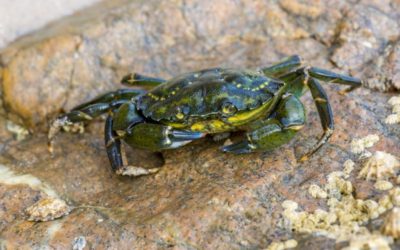Clypeasteroida is the scientific name of the more commonly known sand dollar. Although we would all love for the sand dollar to have value and to just have to walk on the beach for couple of hours to make a living, this isn't quite the case. They get their name from...
The Portuguese Man O’ War
Despite its appearance, the Portuguese Man O' War aka the Bluebottle Jellyfish, is not actually a jellyfish but a venomous siphonophore. It is made up of a small cluster of organisms that each have their own jobs and work together to stay alive. The man o' war...
Facts
Pollution is the Problem
There are 5.25 trillion pieces of plastic debris in the ocean. 18 billion pounds of plastic trash winds up in our oceans each year. Humans cause the death and destruction of millions of organisms and hundreds of environments every year simply because we are careless...
Bioluminescence
Bioluminescence is amongst the world's most fascinating phenomena. To us it looks like a bunch of glowing lights in the sky or in the water but there's so much more to these lights. Bioluminescence is the product of a chemical reaction that occurs inside the organism...
The World’s Fifth Ocean
On World Ocean Day (June 8), National Geographic officially recognized the Southern Ocean as the world's fifth ocean. Until now, there had only been four oceans: the Atlantic, Pacific, Indian, and Arctic Oceans. After years of debating and cotroversy, the world...
Invasive Species: The European Green Crab
While this crab may look like any other crab, there's actually a few things that make it different from the rest. These differences have led this crab to be among the top ten least wanted animals in the world.Background The European Green Crab - Carcinus maenas -...
Fact
Tsunamis can move up to 500 mph (800 kph) which is as fast as a jet plane. At this speed they are able to cross whole oceans in less than a day. They are also impressive because they don't just travel as a large wave above water, but reach from the surface all the way...
Quick Tip
Always do a buddy check before a dive. Normally during a buddy check you would have to check your buddy’s straps, their tank, their first and second stage, etc. Due to the Corona virus, rules have changed slightly so that now you must stay 6 feet away and perform a...

